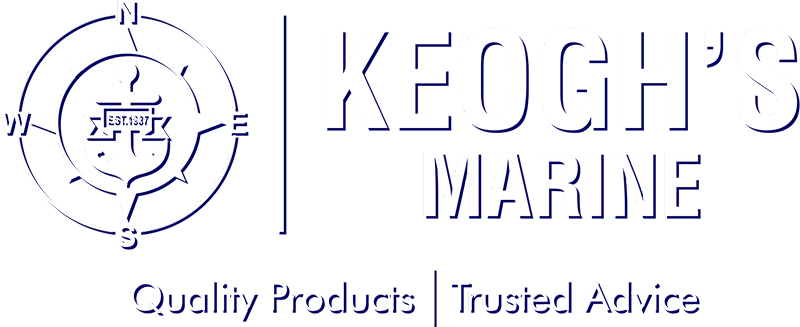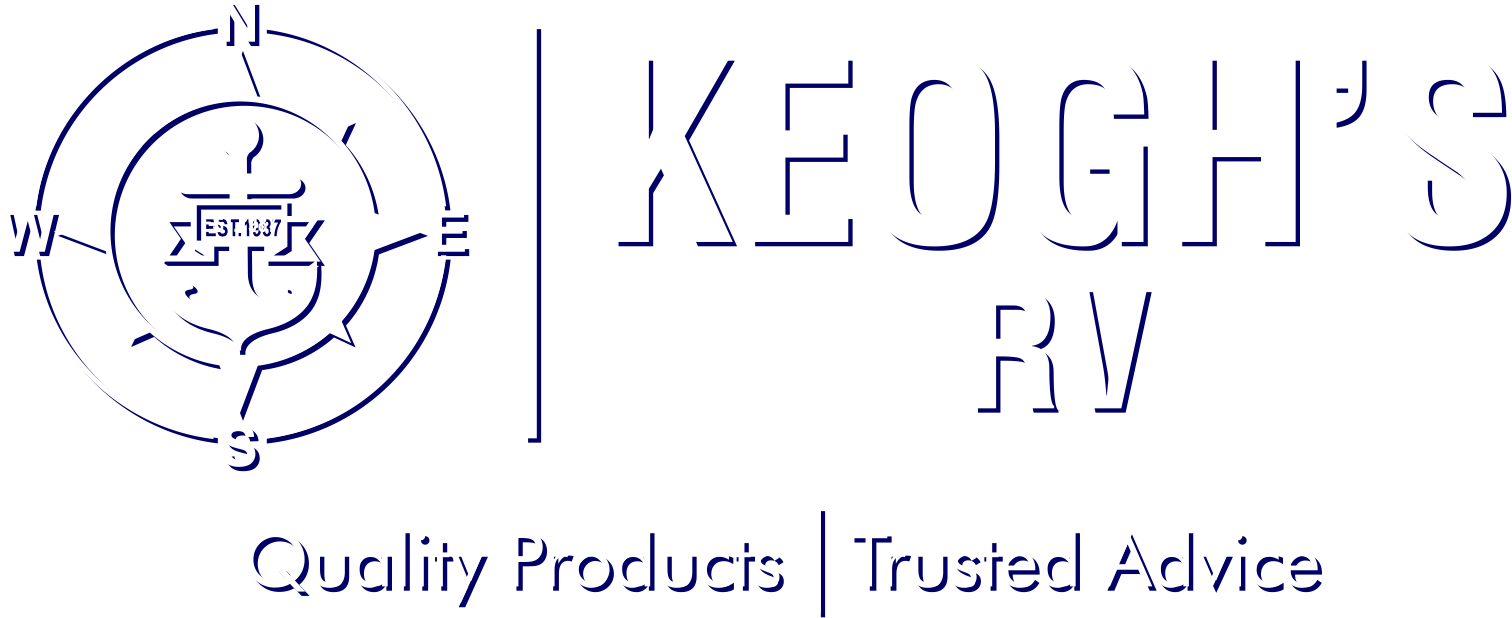BATTERIES
-
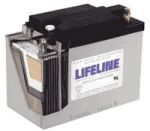
AGM BATTERY
-

BATTERY BOXES
-
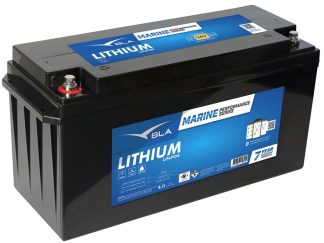
BLA PERFORMANCE LITHIUM BATTERY
-
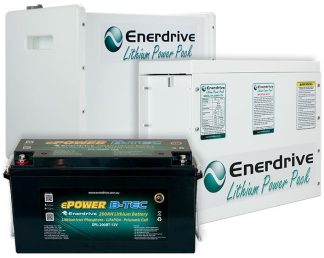
ENERDRIVE LITHIUM BATTERY
-
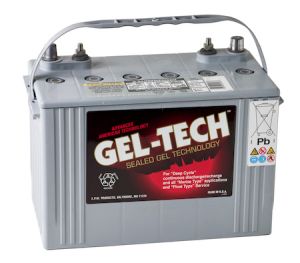
GEL BATTERY
-
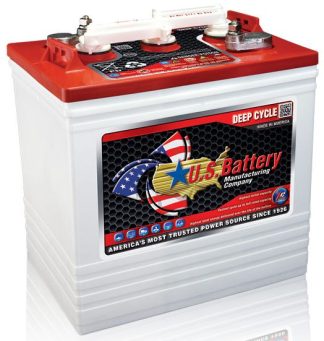
LEAD ACID BATTERY - Flooded
Battery Types… and their Pro’s and Con’s
There are 4 basic battery chemistries AGM, Gel Cell, Lead Acid and Lithium Batteries and the table below outlines the differences, advantages and disadvantages.
|
Type |
Advantages |
Disadvantages |
|
Gel Cell |
|
|
|
Absorbed Glass Matt (AGM) |
|
|
|
Flooded (FLA) |
|
|
|
Lithium (LiFePO4) |
|
|
The type of battery is important as well, and they are broken into three categories. It is important to note that it is damaging for a battery to be used for the wrong purpose.
– Starting Batteries – have very high CCA’s (cold cranking amps) and are designed to deliver very high amperage for a short period of time for providing power to things like starter motors or bow thrusters. They are not recommended for deep cycle applications. Usage such as this will kill the battery in a short period of time. Should not be heavily discharged.
– Deep Cycle or House Batteries – have thick lead plates and designed to deliver low amperage over long periods of time to run things like pumps, lights, electronics fridges and inverters. Designed to be discharged and re-charged repeatedly.
Marine Batteries (Dual Purpose) – is a loosely used description, however, the marine battery can be best described as a hybrid battery or a blend between a start battery and a deep cycle battery. It does both functions, but has some compromise of start or deep cycle functions. They are commonly used on trailer boats and smaller sport cruisers due to their dual application capability where space is normally at a premium.
